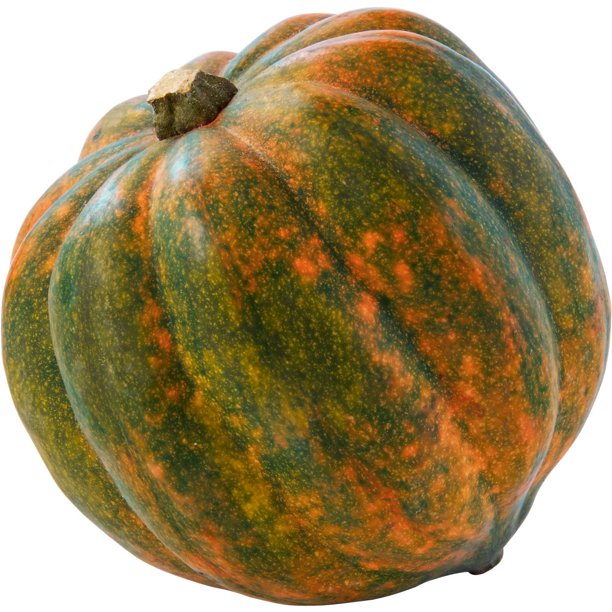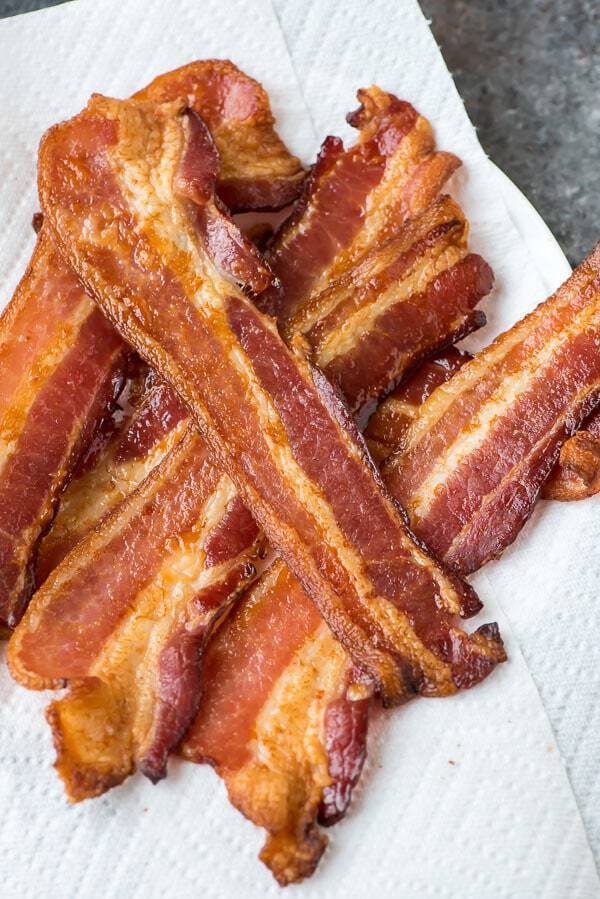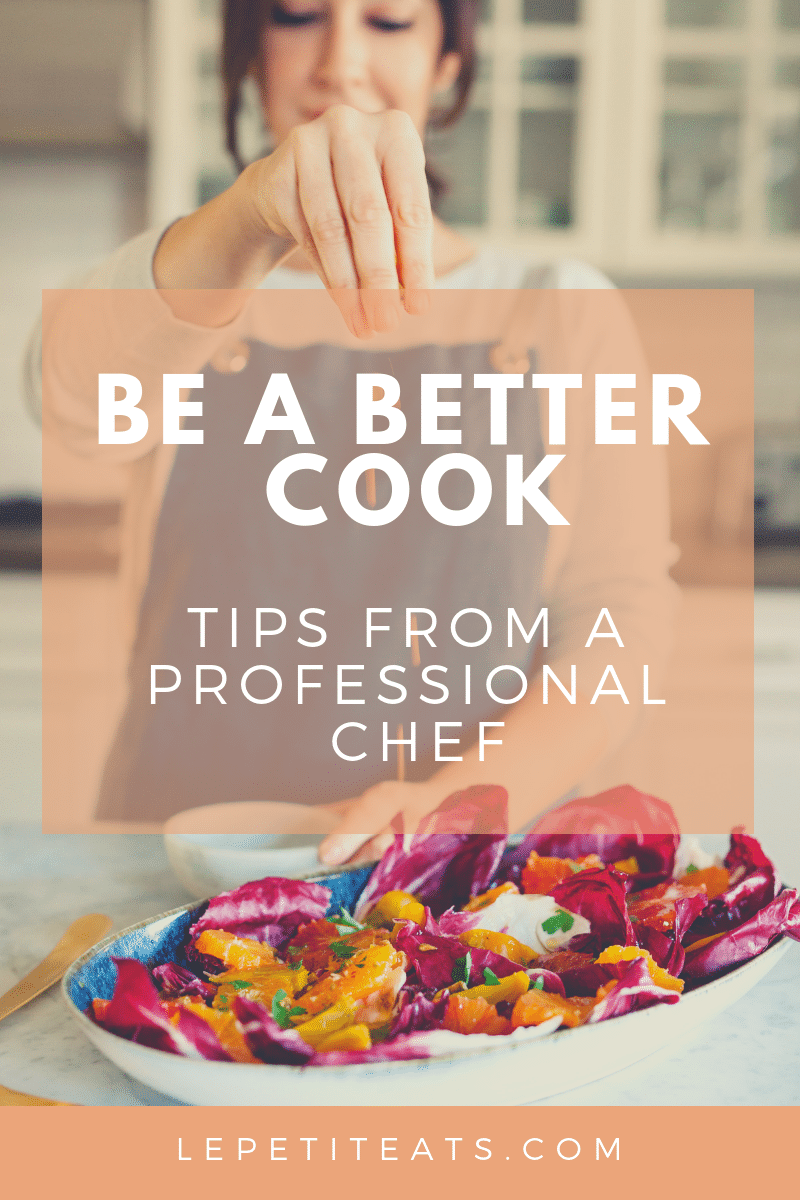
You can now coat nonstick pans with many different materials. Each material has its advantages and drawbacks. One of the most popular materials is Teflon, which is known for its durability and high temperature resistance. Teflon may be dangerous to food if heated at too high temperatures. We'll be talking about Teflon in this article and discussing the other alternatives. These are the most nonstick pans.
PFOA
Nonstick cookware containing PTFE or PFOA is not recommended for high temperatures. These coatings degrade rapidly and release toxins when heated. Metal utensils can be used on nonstick surfaces. This can lead to the coating being degraded and the release of chemicals. This article will discuss the potential health risks and possible health consequences of using PFOA-coated pans. Here are some tips to help you get a holistic understanding of nonstick pans.
PFOA (and other PFAS chemicals such as PTFE) are persistent in our environment. It means that even though you may have used nonstick pans in the past ten years, chemicals such as PFOA and PTFE are still in the environment. Due to these dangers, the Environmental Protection Agency(EPA) and World Health Organization (WHO), have issued a Health Advisory. These chemicals were classified as "possibly dangerous to human health."
PTFE
PTFE non stick pan coatings are the most popular, and they can be very useful when you are preparing a meal for a large group. They prevent food sticking to the skillet without oil or nonstick cooking spray. Note that nonstick nonstick pans with PTFE coating are usually more expensive than those without. Nevertheless, these nonstick pans require some regular care and maintenance. FDA has deemed PTFE nonstick pan coatings safe but not entirely non-toxic. Ceramic cookware is a healthier choice. Cast iron is free of PTFE, so it is a safer option.

PFAS has been in cookware for decades. Many of these chemicals have been found in cookware for decades. The "Gen X" chemicals are the newest ingredients in nonstick pan coatings. The lack of testing in these substances has raised questions about the safety of these coatings. Greblon is also the manufacturer of several types PTFE.
Teflon
There are several problems with nonstick pans that have a Teflon coating. The coating's PFOA or polyfluoroalkyl chemicals (PFAS), is the main reason for these problems. Although these chemicals were banned many years ago, some cookware still contains PFOA. This is why it is important to stay clear of Teflon-based pans and instead use nonstick cookware made with other materials.
Teflon non stick Pans can have PFOA in them. This can be very harmful for the environment. It has been linked in cancer and chronic kidney disease. Also, it can cause male reproductive problems. The toxic fumes released by the pan when it is overheated should be avoided. Avoid heating empty Teflon pans in the oven, broiler or microwave to reduce your exposure to PFOA.
Nanoparticles
Novel nanoparticles were developed for non stick pan coatings and are currently being evaluated for use in food contact applications. The release of nanoparticles from non stick coatings is not fully understood, but recent studies suggest that the particles may leach into food under high temperatures, repeated use and when the surface of the pan becomes damaged. This technology may prove useful for nonstick pans, although it is still in its infancy.

PTFE (a substance common in nonstick pots) is a subject of concern. The chemical pyrolysis products of heated polytetrafluoroethylene can cause acute toxicosis in budgerigars. These products don't pose a risk to the health of humans if they are used in small amounts.
FAQ
Do I have to go to culinary school in order to be a professional chef?
No. No. Some even went on to culinary school to gain work experience. However, most chefs prefer to attend culinary school because it gives them more opportunities to learn and grow professionally. Culinary schools provide hands-on training that helps students develop valuable skills and enhance their culinary knowledge.
What does a culinary program cost?
The cost of a culinary school depends on where you are, how much you study, and what program or course you choose. Average tuition costs between $10,000 and $30,000. Students graduate with approximately $20,000 of debt. There are programs that offer work-study and scholarships.
What skills are necessary to attend culinary school
A chef's job requires you to be able cook well under pressure and understand food safety regulations. To learn how cook, enroll in cooking courses at your local high schools or community colleges. Once you have mastered the basics of cooking, you will need to find work in a restaurant and catering company.
Is there a difference between a chef and a cook?
A chef prepares food to be served to others. A cook prepares food for himself or herself. Although both jobs require you to prepare food, a chef is more involved in serving customers. They may need to make decisions about what they will serve to their guests based upon their preferences. A cook doesn't need to interact with clients. Instead, they ensure that the food tastes delicious before they serve it to others.
Can you become a self-taught chef?
Yes, you can self-teach cooking! No matter how much you know, cooking is something that everyone enjoys. If you're interested in learning how cook at home, then start cooking. Start small with things like making pancakes or spaghetti sauce for your dinner. Try new recipes and be open to experimentation when learning how to cook. It is possible to make mistakes.
You can learn to cook in a matter of hours or weeks depending on your level of cooking ability. It's important that you remember that cooking does not mean following a recipe. There are many ways of cooking food. So if you have an idea for a recipe, use it.
How Do I Learn About Cooking?
You can find cooking classes all across the country. Many schools offer courses on baking, pastry, or wine tasting. If you want to learn more about cooking, you can enroll in a class at a local community college or vocational school, or attend one offered by a private institution.
What are the basics of cooking?
Basic cooking skills include reading recipes, measuring ingredients, cooking safely and cleaning up afterwards. These skills are essential if you wish to cook well for yourself. Cooking can be a great way of saving money, as you don't need to go out to eat all the time.
Statistics
- According to the BLS, chefs earn $58,740 a year. (learnhowtobecome.org)
- In the United States, the category is estimated at $23.2 billion annually and is growing faster than the market. (washingtonpost.com)
- The median pay for a chef or head cook is $53,380 per year or $25.66/hour, according to the U.S. Bureau of Labor Statistics (BLS). (learnhowtobecome.org)
External Links
How To
How to become a chef
A career path for chefs is one of the most interesting careers you could choose. It takes a lot to be able to do this job well. There are many opportunities to begin working right away if this is your goal. You can choose to work at restaurants or in catering companies. Here are some tips and tricks to help you decide what career path is best for you.
-
Learn to cook!
Cooking is something everyone should learn at least once in their life. It doesn't matter if your knowledge of food is limited, you can learn how to make it. There are many recipes online that are simple to follow. It is important to not rush when learning new things. Take your time, enjoy each step, and don't rush to learn new things.
-
You should get a degree in culinary arts
If you wish to become a professional chef, a culinary arts degree might be the right choice. This way, you will be able to develop your own style and taste while gaining valuable knowledge. Culinary schools offer courses in baking, pastry making and meat cutting. They usually require students to attend classes for several years before they graduate. If you truly want to be a chef, it is worth considering other schools.
-
Work in a restaurant
Working in a restaurant is probably the easiest way to enter the world of chefs. This is the best way to get practical experience before you decide to become a chef. Restaurants are always looking for qualified staff, particularly those who have experience in other areas. You should apply for jobs in restaurants if you are interested in becoming a chef.